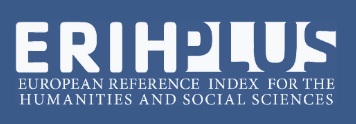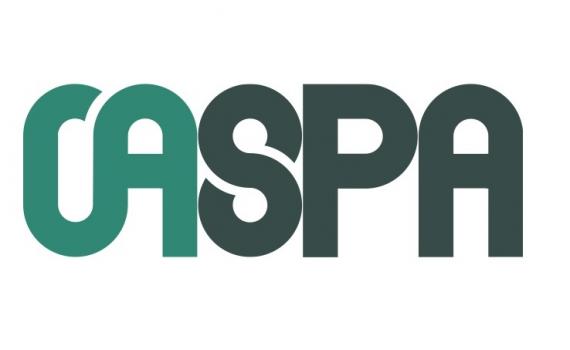Original article
DOI: https://doi.org/10.15507/2076-2577.016.2024.04.408-416
EDN: https://elibrary.ru/nifzpy
УДК / UDC 81-22(=511.152)
Comparative Analysis of Phraseological Units with Somatic Components in the Erzya and Finnish Languages
N. M. Mosina, E. D. Karpunina
National Research Mordovia State University, Saransk, Russian Federation
Abstract
Introduction. The article considers a comparative study of somatic elements within phraseological units in two distantly related languages, Erzya and Finnish, aiming to identify common features and distinctive characteristics in their semantics. The relevance of this research lies in the need to explore the relationship between linguistic systems and the influence of somatic imagery on the formation of phraseological expressions. Studying somatic phraseological units significantly contributes to understanding the mindset and worldview of the peoples, as well as the linguistic and cultural connections between them. The article analyzes phraseological constructions containing somatic lexemes in the two distantly related languages (Erzya and Finnish), focusing on their functioning in the context of cultural identity and interaction. However, the material under study remains insufficiently explored from a comparative perspective. The objective of this research is to uncover the similarities, differences, and linguocultural aspects of phraseological units with somatic vocabulary in Erzya and Finnish.
Materials and Methods. The research material consisted of idioms and proverbs extracted from phraseological dictionaries, collections, and educational resources on the Erzya and Finnish languages. Using the lexicographic method, stable lexical units with somatic components were identified and analyzed. The method of continuous sampling was employed to extract these units. Componential and etymological analyses were conducted to investigate the origins of the somatic units in detail and to identify their shared semantic characteristics in the Erzya and Finnish languages.
Results and Discussion. The authors have identified phraseological units with the most frequent somatic components and conducted an etymological analysis of somatic vocabulary to uncover common roots and historical connections reflecting cultural characteristics. The meanings of these somatisms helped distinguish three semantic groups of phraseological expressions, find examples of full and partial equivalents, highlight the representing concepts, and determine individual nuances in their interpretation by the Erzya and Finnish peoples.
Conclusion. A comparative analysis of phraseological units with somatisms in the Erzya and Finnish languages reveals both common types and mechanisms, as well as unique features inherent to these linguistic systems. The conducted study contributes to the expansion of theoretical aspects in the fields of linguoculturology and phraseology, particularly in the context of the interaction between the two cultures, with an emphasis on the preservation and transformation of the semantics of somatic components in stable lexical units. The practical significance of the study lies in its potential application in the teaching and learning of languages, especially in the areas of lexicology of Finno-Ugric languages, intercultural communication, and translation.
Keywords: somatisms, phraseological units, Erzya language, Finnish language, comparative analysis
Conflict of interest: The authors declare no conflict of interest.
For citation: Mosina N.M., Karpunina E.D. Comparative Analysis of Phraseological Units with Somatic Components in the Erzya and Finnish Languages. Finno-Ugric World. 2024;16(4):408–416. https://doi.org/10.15507/2076-2577.016.2024.04.408-416
Information about the authors:
Natalya M. Mosina, Dr.Sci. (Philol.), Professor of the Department of English for Professional Communication, National Research Mordovia State University (68 Bolshevistskaya St., Saransk 430005, Russian Federation), ORCID: https://orcid.org/0000-0003-1742-5438, SPIN-code: 2575-6811, natamish@rambler.ru
Ekaterina D. Karpunina, Postgraduate Student of the Department of English for Professional Communication, National Research Mordovia State University (68 Bolshevistskaya St., Saransk 430005, Russian Federation), ORCID: https://orcid.org/0009-0004-4830-4430, edkarpunina@yandex.ru






















